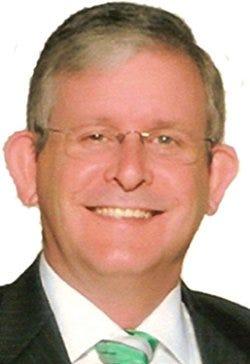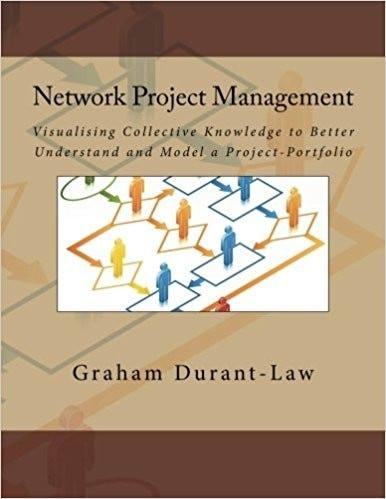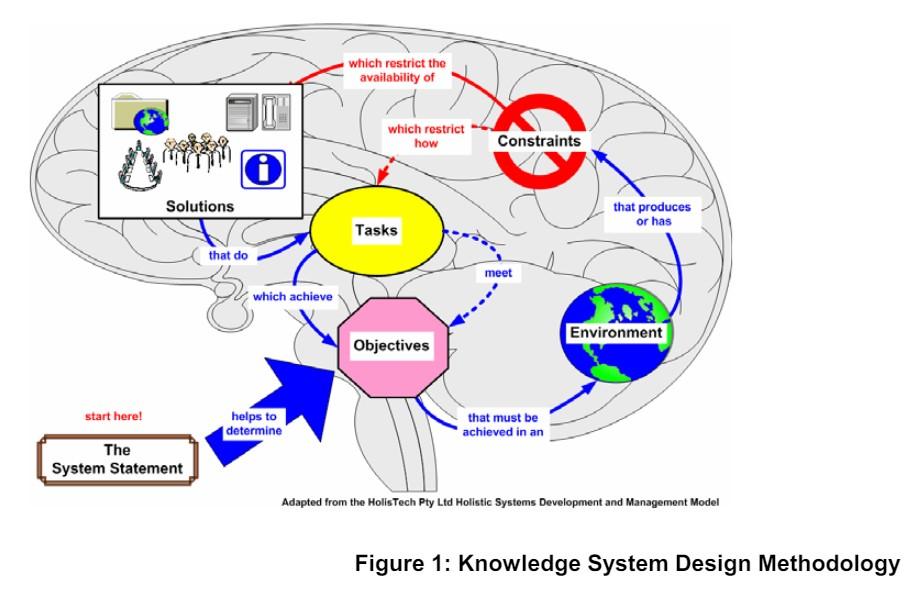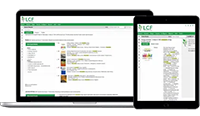Lucidea’s Lens: Knowledge Management Thought Leaders Part 75 – Graham Durant-Law

Stan Garfield

Graham Durant-Law was the principal and director of a boutique consulting company called Knowledge Matters, which specialized in Business Network Analysis (BNA) and knowledge management solutions.
He earned his doctorate at the University of Canberra researching “Mapping Social Connectivity and Artefact Relationships to Improve Knowledge Productivity.” His work included:
- A business network analysis of an organization that had a portfolio of projects valued more than 40 billion Australian dollars. This analysis revealed hitherto unknown relationships, enabling senior management to make decisions that are more informed.
- The design and support to a knowledge management system, colloquially known as TARDIS, for Capability Development Group of the Australian Defense Force
Book

Introducing Network Analysis as a Research Technique
Specifying a Knowledge Management System
The Six Knows Knowledge Model
- ‘Know what’ knowledge is the knowledge about how to find the relevant data to produce information. It is not about the data or information itself. This knowledge is increasing in importance simply because of the sheer volume of data that is now available to a corporation. For a knowledge manager the ‘know what’ dimension represents a real challenge, because discovering where knowledge resides, internal to and external to the enterprise, is crucial to success.
- ‘Know how’ knowledge is skills based and generally, but not exclusively, personal in nature. ‘Know how’ knowledge is expert insight that allows an individual to interpret and give meaning to emerging complexity and is often used to predict outcomes. It plays a key role in all enterprise activities. ‘Know how’ knowledge is also found in teams, and is represented in the shared routines, social relationships, and lexicons. Without ‘know how’ knowledge teams cannot operate effectively. The challenge for the knowledge manager is to capture ‘know how’ knowledge as it is generally not codified and most often is tacit.
- ‘Know why’ knowledge is both explicit and tacit and involves the ability to understand and explain natural and social phenomena. It is explanatory and deals with principles.
- ‘Know who’ knowledge is a form of individual and social knowledge that is largely tacit. It involves information about the gatekeepers to ‘know what’, the owners of ‘know how’ knowledge, and the possessors of ‘know why’ knowledge.
- ‘Know who’ knowledge also deals with the ability to cooperate effectively with different types of people and experts and is a fundamental precondition for the learning organization. It is learnt in both formal and informal social practice, in specialized education environments, and with day-to-day dealings with colleagues, customers, and competitors. It follows therefore that for a knowledge management initiative to succeed it is essential that ‘know who’ knowledge is tapped.
- ‘Know where’ and ‘know when’ knowledge is economically useful knowledge about markets. It is knowledge that provides an economic advantage. For example, (the apocryphal story that) Wal-Mart discovered a relationship between the sale of beer and diapers. They also found on further examination the correlation was greater on a Friday evening. Wal-Mart increased sales by collocating the items near check-out counters on Fridays. This represents both ‘know where’ and ‘know when’ knowledge. The ‘know where’ part is the collocation of the items. The ‘know when’ part is Friday evenings.
I would add ‘know how much’ as another type.

Stan Garfield
Please enjoy Stan’s blog posts offering advice and insights drawn from many years as a KM practitioner. You may also want to download a free copy of his book, Lucidea’s Lens: Special Librarians & Information Specialists; The Five Cs of KM from Lucidea Press, and its precursor, Proven Practices for Promoting a Knowledge Management Program. Learn about Lucidea’s Presto, SydneyEnterprise, and GeniePlus software with unrivaled KM capabilities that enable successful knowledge curation and sharing.
**Disclaimer: Any in-line promotional text does not imply Lucidea product endorsement by the author of this post.
Never miss another post. Subscribe today!
Similar Posts
The LEXICON Framework Part 4: Integrate with Existing Systems
Stan Garfield explores practical ways to embed KM tools into the platforms your team already uses reduces friction, boosts adoption, and makes organizational knowledge easier to access.
The LEXICON Framework Part 3: 10 Ways to eXplain the Value of Knowledge Management
KM expert Stan Garfield offers 10 practical ways to explain and prove the value of knowledge management using Clare Bilobrk’s LEXICON framework.
The LEXICON Framework Part 2: Empower Champions of KM
In part two of our LEXICON series, we explore how empowering KM champions can strengthen knowledge management adoption. Discover practical strategies to identify champions, define their roles, and connect them across your organization.
The LEXICON Framework Part 1: Link KM to Daily Workflows
Stan Garfield explores the LEXICON framework for KM, sharing 16 strategies to embed knowledge management into daily workflows effectively.





Leave a Comment
Comments are reviewed and must adhere to our comments policy.
0 Comments